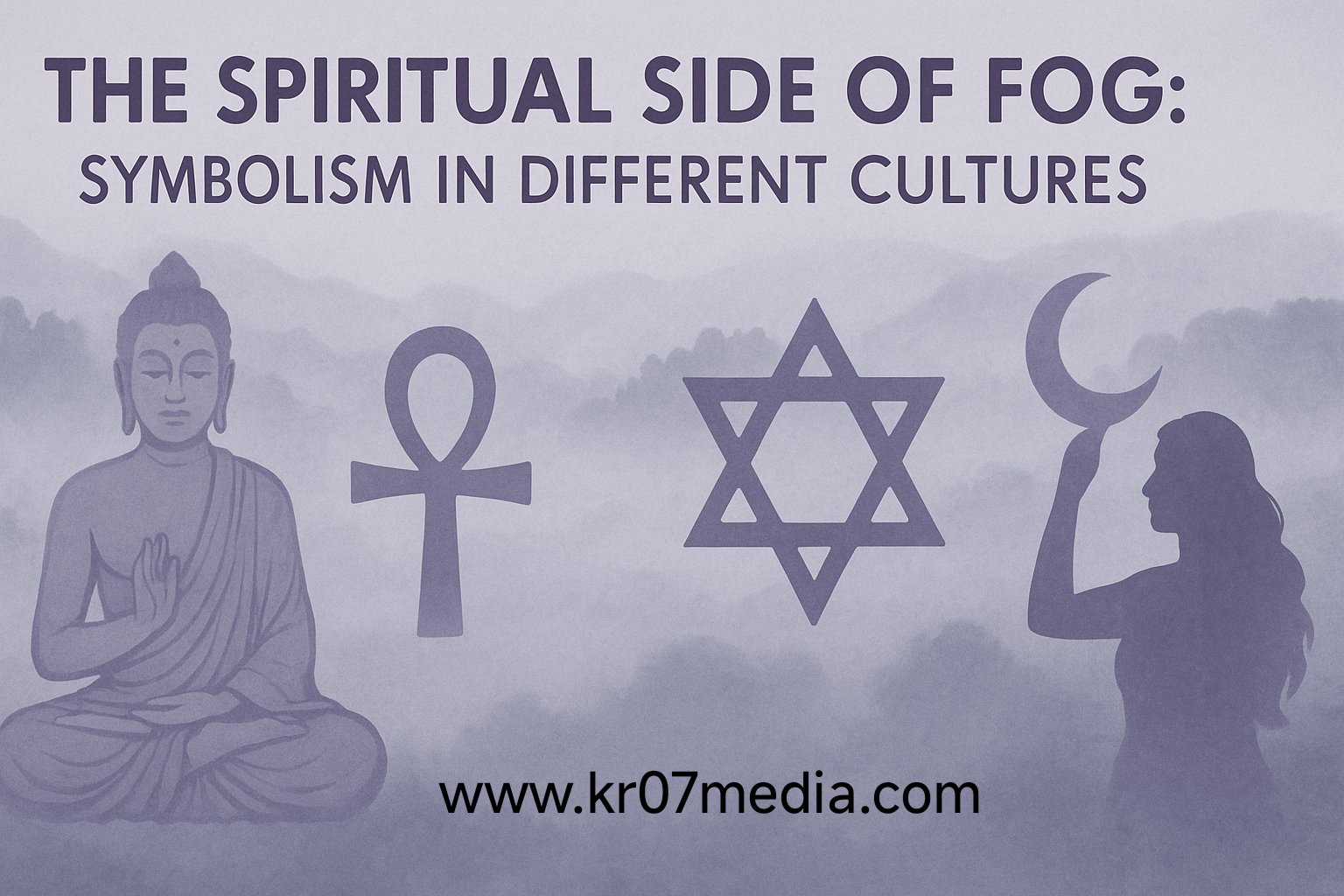Fog is more than just a weather phenomenon—it is a veil between the seen and unseen, a symbol of mystery, transformation, and hidden truths. Across the world, fog has inspired mythologies, spiritual practices, and cultural interpretations that reflect its elusive nature. This article explores the spiritual symbolism of fog in different cultures, revealing how it connects the physical world to the metaphysical.
1. Fog as a Veil Between Worlds
In many traditions, fog is seen as a boundary between the material world and the spiritual realm. Just as it blurs vision, it is believed to blur the lines between reality and the supernatural.
Celtic Traditions:
In ancient Celtic lore, fog was considered a sign that the Otherworld—the realm of spirits and fae—was near. Druids often viewed mist as a sacred covering that allowed communication with deities or ancestors. Sacred sites were believed to be more powerful when shrouded in fog.
Japanese Shintoism:
In Shinto beliefs, fog and mist are natural manifestations of kami (spiritual beings). Mountain gods, in particular, are thought to descend with the fog, making it a sign of divine presence and purity.
2. A Symbol of Transition and Transformation
Fog frequently appears during moments of change—at dawn, dusk, or season shifts—symbolizing personal transformation and the unknown journey ahead.
Native American Beliefs:
Several Native tribes, such as the Coast Salish of the Pacific Northwest, regard fog as a transitional state that allows for vision quests or spiritual introspection. It is a time when reality softens and the spirit can wander.
Chinese Daoism:
In Daoist philosophy, fog reflects the principle of wu wei—the art of effortless action. The mist’s gentle, drifting nature mirrors the Dao, which is subtle, invisible, and transformative. It encourages followers to move with nature’s flow rather than resist it.
3. Fog as a Test of Faith and Perception
Because fog obscures our surroundings, it forces us to rely on intuition and faith rather than sight. This has led many spiritual teachings to use fog as a metaphor for internal confusion and the journey toward clarity.
Christian Symbolism:
In Christian mysticism, fog often symbolizes spiritual doubt or the "dark night of the soul." Yet it also implies that divine light will eventually pierce through. Saints and mystics have described visions of God coming through clouds and mist, illustrating divine mystery.
Islamic Poetics:
In Sufi poetry, mist and fog are often used to describe the barrier between the lover (soul) and the Beloved (God). It represents longing, the unclear path of enlightenment, and the hidden beauty that awaits beyond perception.
4. Fog in Folklore and Myth
Many cultures have embedded fog into their legends as a symbol of enchantment or danger.
Nordic Mythology:
The Norse world tree, Yggdrasil, connects realms including Niflheim—a foggy, icy land of primordial darkness. Fog here is a reminder of chaos, the unknown, and death—but also of ancient beginnings.
Hindu Mythology:
While not fog-specific, mist often appears during significant events in the Puranas or epics, symbolizing maya (illusion) and the need to discern truth from illusion. A misty battlefield or forest in these stories signals a spiritual trial for the hero.
5. Modern Spiritual Interpretations
In contemporary spirituality and mindfulness practices, fog is embraced as a metaphor for the inner landscape of the mind.
Mindfulness and Meditation:
Fog represents mental clutter or emotional heaviness. Practices that focus on presence—like breathwork or mindful walking—are designed to "burn off the fog" and return to clarity.
Dreamwork and Jungian Psychology:
Carl Jung often associated fog with the unconscious mind. In dreams, it symbolizes hidden fears, suppressed desires, or the soul’s search for meaning in the obscured corners of the psyche.
Conclusion: Embracing the Fog
Fog invites us to pause. It softens the world, slows our pace, and asks us to look inward. Whether interpreted as a divine veil, a call to introspection, or a mystical presence, fog continues to inspire a sense of awe and wonder in spiritual seekers.
In a world driven by clarity and visibility, perhaps fog’s most profound gift is its reminder that not all truth is seen clearly—and that sometimes, the most powerful revelations come in the silence of the mist.



